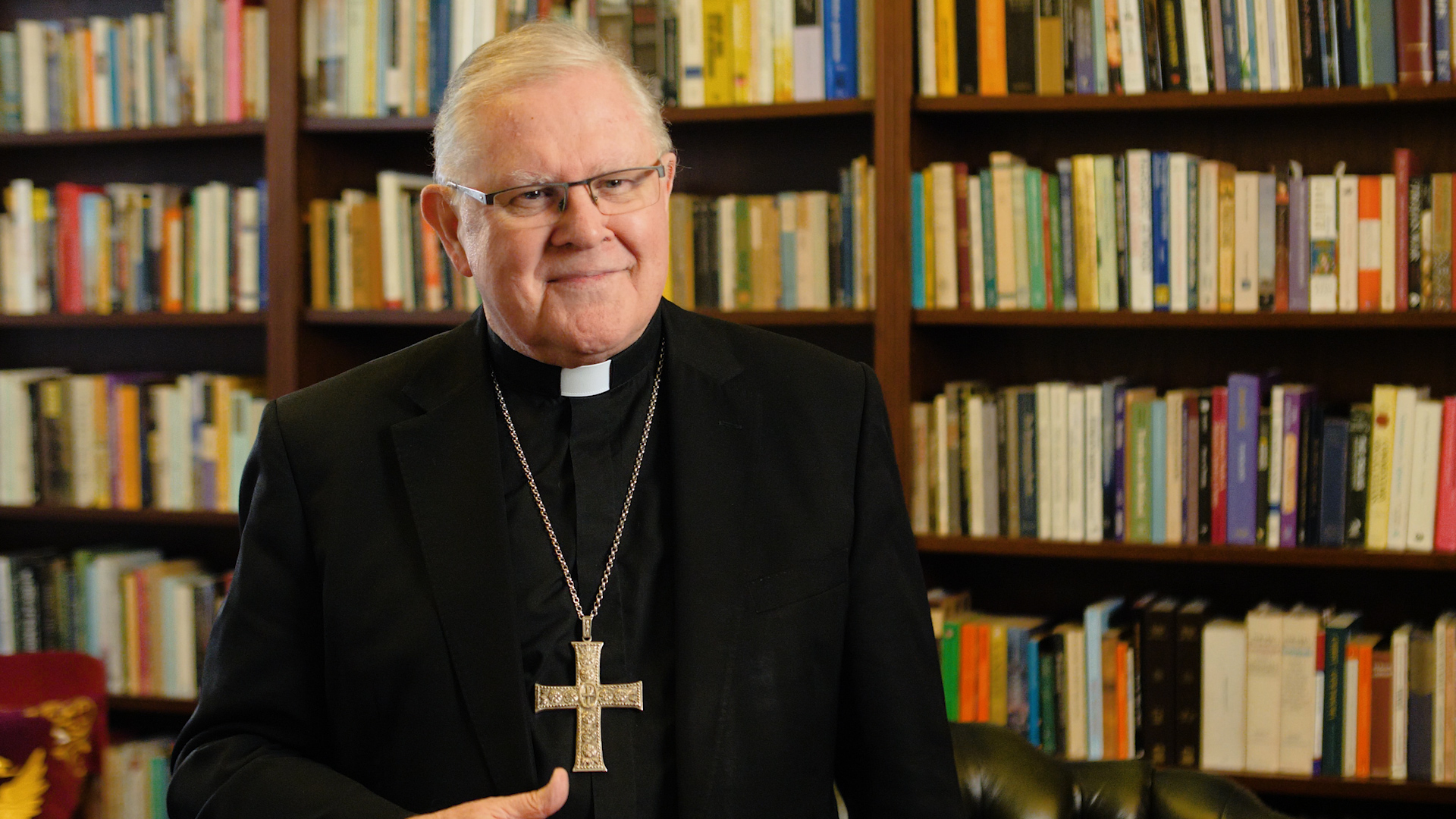The sun rises on Synod Day 2.
In the afternoon yesterday we began the long haul of the three-minute interventions, with Cardinal Vingt-Trois beginning with the very lengthy list of those who’d been called to speak. The two Kiwis and I were among those called, so we all rushed to our bag to find our text, hoping we hadn’t left it back at the house.
The procession of speeches was rapid-fire compared with earlier Synods. Many of the speakers – including myself remarkably – were under the three-minute limit. I must have spoken faster than I planned. But it’s hard to be substantial in such a short space: you can certainly say something, but it has to be very concise. Bit like a Tweet. It’s clear even now that the real action of the Synod won’t be in these short speeches but in the more ample work of the small groups that begin today.
After the long series of speeches, we began the last hour of what’s called free discussion. It’s not all that free, with some of the speakers actually reading texts which is not exactly my sense of what free discussion means. My view is that texts shouldn’t be allowed in that hour’s discussion. We don’t need more set-piece speeches, especially given that there’s a four-minute limit for the free discussion. It just means longer speeches.
But there were some lively unscripted interventions, which showed that this hour at the end of the day could be important. The interventions showed that there are still uncertainties about the new format and its workability. The Secretary General, Cardinal Baldisseri, gave a long and impassioned defence of the format proposed, so we’ll see how it works out.
Another uncertainty that was expressed concerned the ordering of the three-part Instrumentum Laboris which structures the three weeks of the Synod. Some speakers were uneasy about the way the Instrumentum Laboris (and hence Week 1 of the Synod) begins with anthropological and sociological observations on the family and then, only in the second part, moves to consider the family in the light of our experience of God. Some felt we should begin with God. It’s the old argument about whether an inductive or deductive approach is better. I’m not sure it matters where you start; what matters is where you end up.
The free discussion also made clear that there are different political currents at work in the Synod. Given all that happened in the lead-up, that’s no surprise. Some, it seems, are unhappy with parts of the Instrumentum Laboris, others with the make-up of the group of 10 who will supervise the production of the Synod’s final document. Others again are uneasy about the impression given by the presentation of Cardinal Erdo in the morning that some key questions are already decided and seemingly off the table. They felt that such a stance was premature. All of this will feed into the messier but probably more productive work of the small groups where more voices will be heard in a freer setting in which we will be able not just to make statements but to discuss issues.
It will pass eventually into the hands of Pope Francis who was in the Hall for the whole day, keeping his head down following the papers (and monitor) in front of him, listening carefully and barely raising his head through the sessions. But he’s also hard at work outside the sessions, as you can see from this shot of him entering the Hall for the afternoon sessions. He’s always tapping someone on the shoulder for a quick word; and you can bet they’re not discussing the weather.
